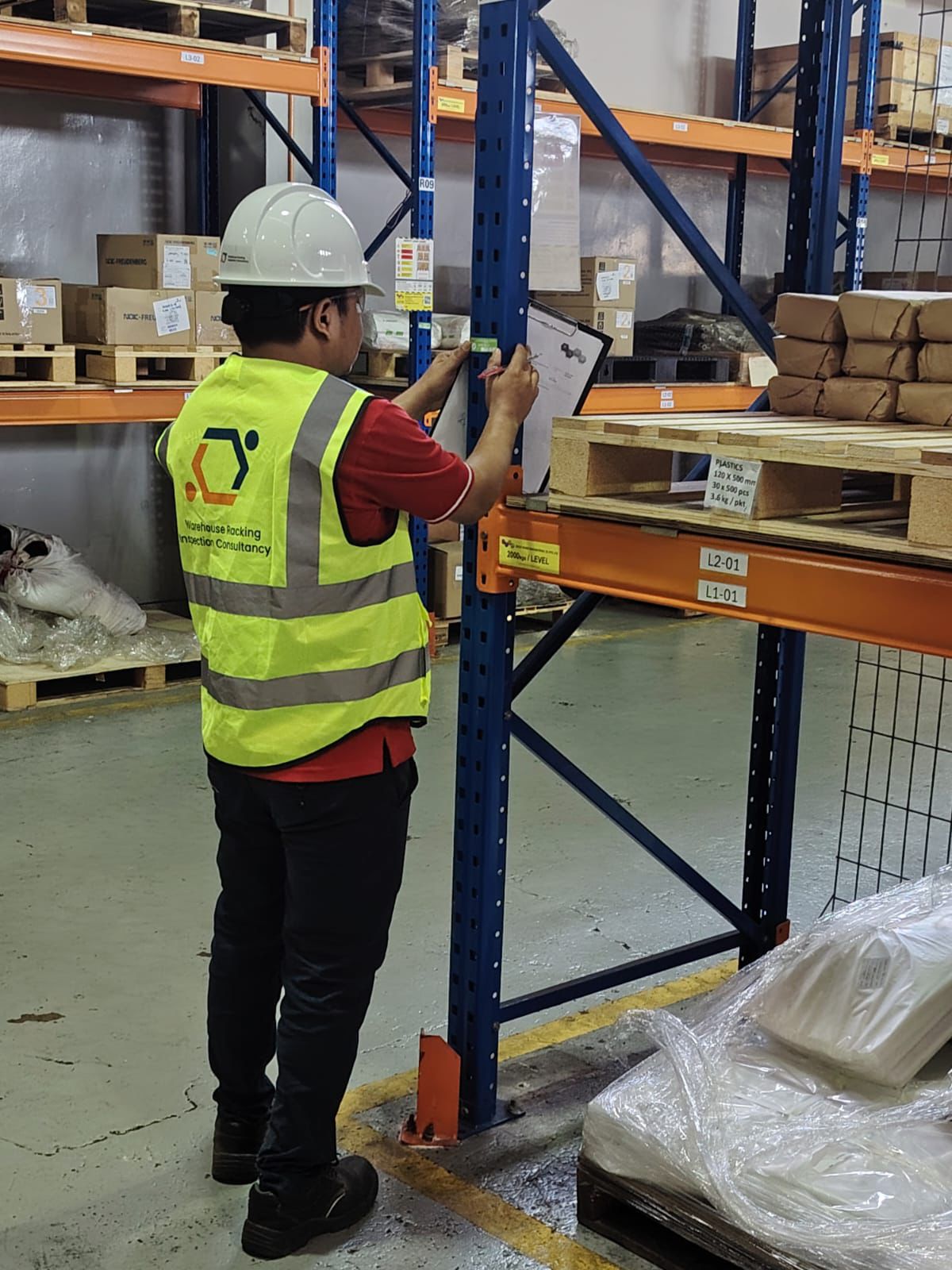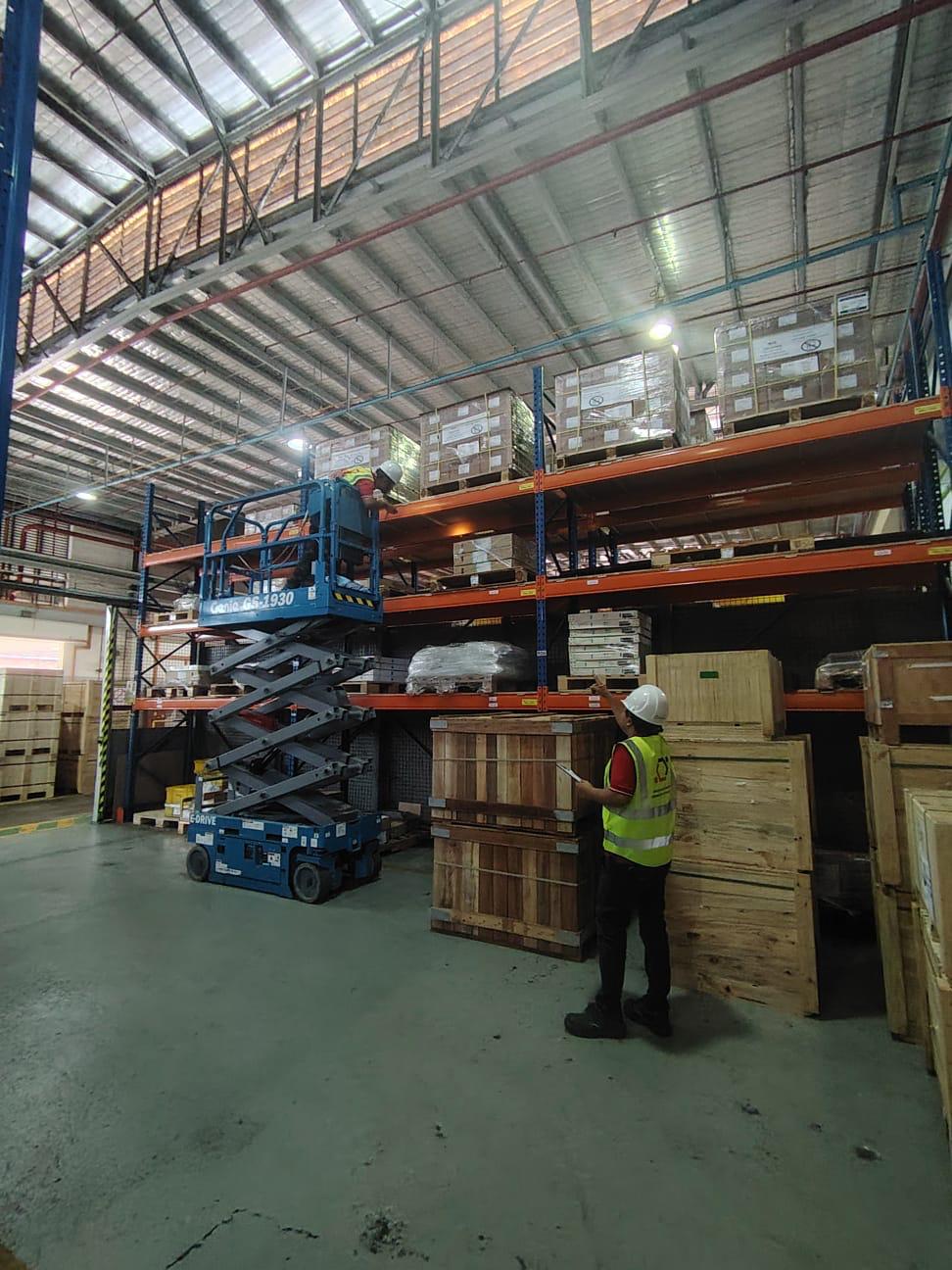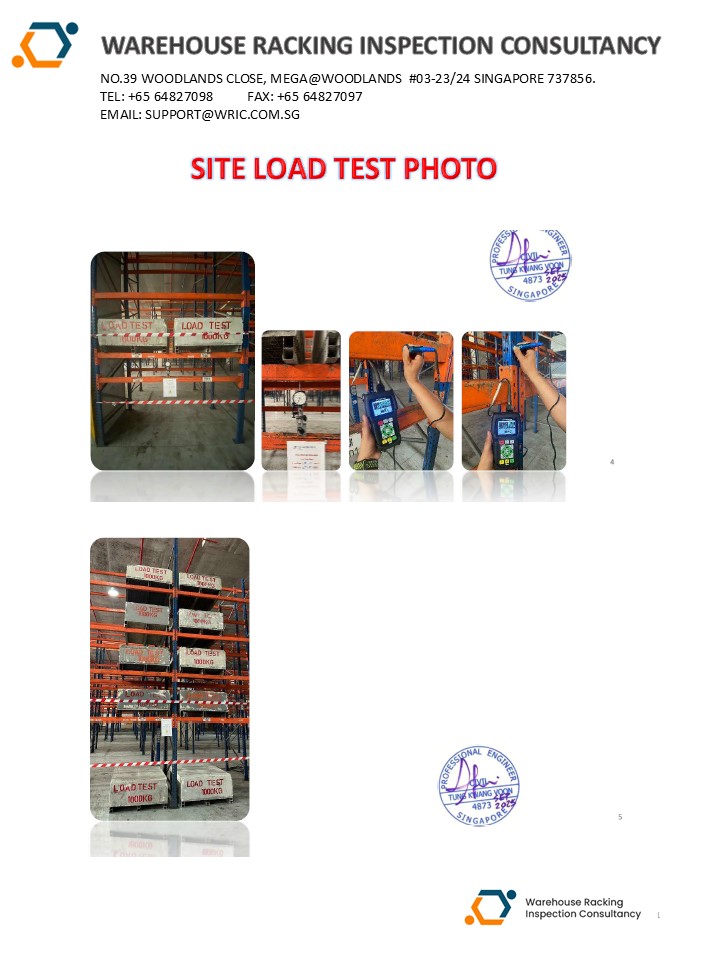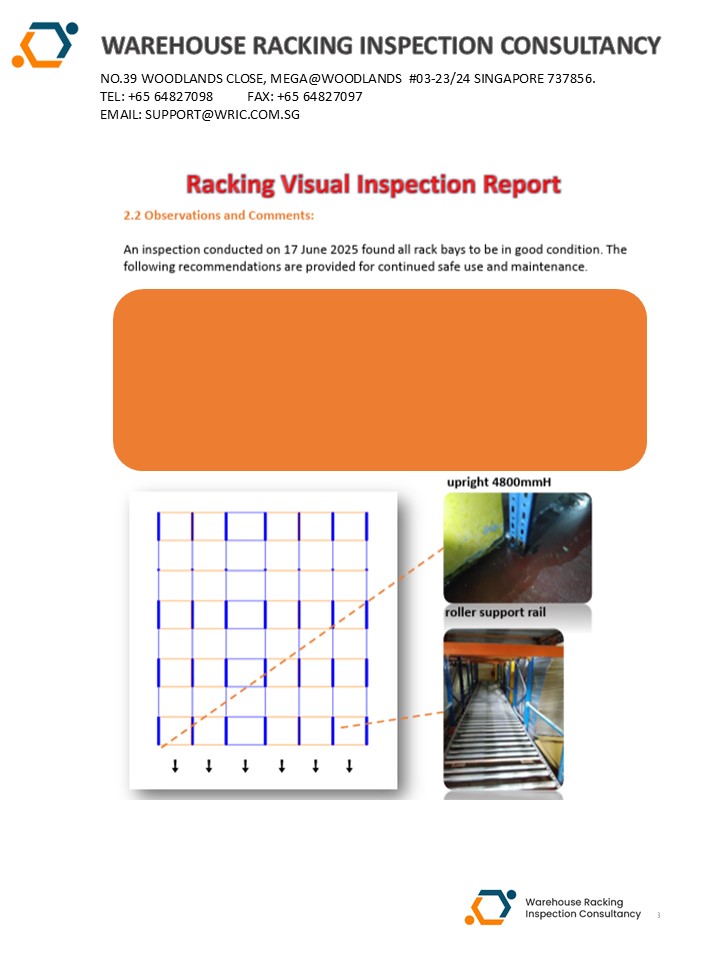Rack systems are a vital part of warehouse operations, and ensuring their safety and reliability is critical to maintaining a smooth, efficient workplace. While many businesses focus on rack installation and initial setup, the importance of regular rack inspections often goes underappreciated.
Routine maintenance can not only prevent costly accidents and injuries but also offer a significant return on investment (ROI) by extending the lifespan of your rack system, improving operational efficiency, and reducing unexpected downtime. In this post, we’ll explore why regular rack inspections are crucial for your business and how they can save you money in the long run.
- Preventing Costly Accidents and Injuries
One of the primary reasons for conducting regular rack inspections is to prevent accidents and injuries. Racks that are improperly installed, damaged, or overloaded pose significant safety risks to employees. A single accident, whether caused by a collapsed rack, falling items, or an unstable structure, can lead to costly medical bills, worker’s compensation claims, and potential legal fees.
Example:
A warehouse that neglected routine rack inspections faced a serious incident when a faulty beam gave way under the weight of a large pallet. Not only did this lead to the destruction of inventory, but one worker was injured, leading to medical expenses and several weeks of lost work. After this, the business began conducting regular rack inspections and saw a noticeable reduction in safety incidents.
- Extending the Lifespan of Your Rack System
Like any piece of equipment, rack systems experience wear and tear over time. Regular inspections help identify early signs of damage, such as rust, bent beams, or loose bolts, that could compromise the integrity of the system. By addressing these issues promptly, you can prevent further damage and avoid the need for costly repairs or full replacements.
Example:
A logistics company that relied heavily on its rack system invested in a monthly inspection schedule. During one inspection, they discovered a small crack in one of the rack uprights that could have easily gone unnoticed. By replacing the damaged part early, they avoided a much larger issue where the crack could have spread, potentially causing a catastrophic failure. This proactive approach extended the life of their racks, saving thousands of dollars in repairs and replacements.
- Minimizing Downtime and Disruptions
If a rack system fails, the consequences extend beyond safety concerns. Warehouse operations can grind to a halt, as products might be inaccessible or machinery may need to be shut down to address the issue. Downtime not only affects productivity but also results in lost revenue and delays in meeting customer expectations.
Example:
A retail warehouse suffered significant delays due to a collapsed rack in one of their storage aisles. This caused a domino effect, disrupting the entire fulfillment process. However, with regular rack inspections, the same warehouse would have identified potential issues with the rack before it failed, allowing them to schedule repairs during off-peak hours, minimizing downtime.
- Improving Operational Efficiency
Regular inspections help identify areas where the rack system may not be performing optimally. For instance, racks that are too congested, improperly spaced, or poorly organized can slow down operations and reduce the overall efficiency of the warehouse. Inspecting and optimizing the layout ensures that items can be easily accessed, stored, and retrieved, boosting the speed of order fulfillment.
Example:
A warehouse that conducted regular inspections realized that some of its racking systems were configured inefficiently, making it difficult for employees to navigate and access items quickly. By reconfiguring the system based on inspection findings, the warehouse improved operational efficiency, speeding up order fulfillment and reducing the time spent searching for products.
- Maintaining Compliance with Safety Regulations
Many industries are governed by strict safety standards and regulations when it comes to warehouse safety. Regular rack inspections ensure that your system is compliant with these regulations, avoiding fines, penalties, or shutdowns from regulatory bodies. It also ensures that your business can maintain certifications that demonstrate your commitment to safety.
Example:
A food distribution warehouse was required to maintain a certain level of rack safety to comply with Occupational Safety and Health Administration (OSHA) guidelines. After conducting an audit of their rack system through routine inspections, they found that a few racks were not compliant with the necessary safety standards. By correcting these issues, they were able to avoid costly fines and maintain their operating licenses.
- Cost-Effective Preventative Maintenance
Regular rack inspections can often be a more cost-effective solution than dealing with major repairs or complete rack system replacements. Addressing small problems before they grow into larger, more expensive issues allows businesses to manage their maintenance budget more effectively, reducing the risk of unexpected large expenses.
Example:
A manufacturing warehouse opted for quarterly inspections and identified minor issues such as loose bolts or slight bending of beams during the inspections. By addressing these issues early, they avoided the need for expensive repairs that could have occurred if the problems were ignored. Over the years, this preventative approach saved them significant amounts in emergency repairs and replacement costs.
The Bottom Line of Regular Rack Inspections
In summary, regular rack inspections are a simple yet effective way to ensure the safety, longevity, and efficiency of your warehouse operations. While the upfront cost of implementing a regular inspection schedule may seem like an additional expense, the long-term benefits far outweigh the costs. By preventing accidents and injuries, extending the lifespan of your rack systems, minimizing downtime, improving operational efficiency, and ensuring compliance with safety regulations, regular inspections provide a significant return on investment.
Investing in routine rack maintenance is not just about keeping things running smoothly—it’s about building a culture of safety, reducing unforeseen costs, and enhancing overall business performance.








